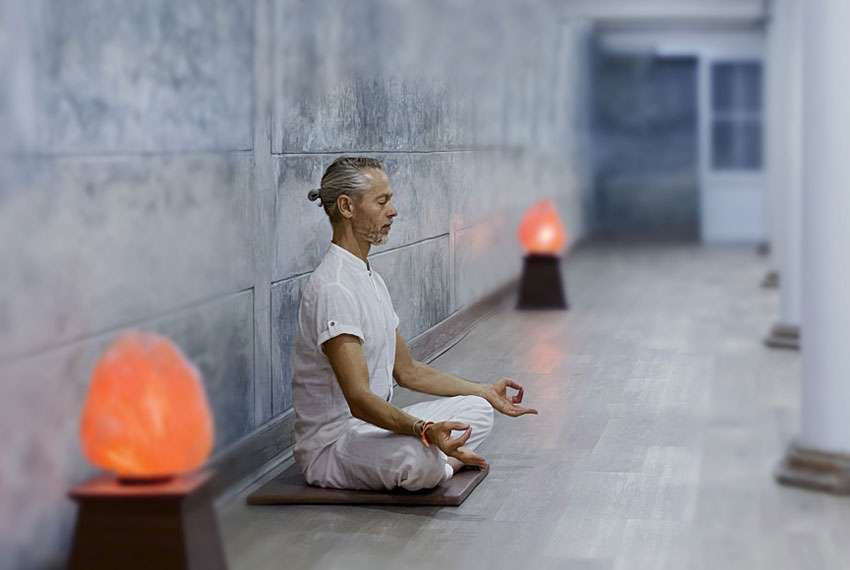
Seven years into my meditation journey, I finally experimented with walking meditation.
“I discovered that one of the most challenging aspects of mindfulness practice was to release the need for effort. For years, I approached meditation as yet another task on my daily checklist — mindfulness…done. This task-oriented mindset transformed meditation into a duty that I could fail to execute.” — Seth J. Gillihan, PhD, Mindful Cognitive Behavioral Therapy: A Simple Path to Healing, Hope, and Peace
Took me a while to try walking meditation, didn’t it?
I tend to fall into the habit of thinking, “I’ll do it the way most people declare is correct! The BEST WAY! Because I’m diligent about mastering things!”
Regrettably, I apply this mindset to various aspects of life, whether it’s writing, brewing kombucha, working with resin, or a multitude of other interests. I conduct some research, choose what seems to me at the time to be the best approach, and stubbornly adhere to it, even if it may not be the best option for a beginner. Even if I ought to be more open to different methods.
I’m gradually learning to be less rigid about what appears to be the “best way.” I engage in more research before forming opinions. I allow more room for diverse perspectives now. It’s a slow but steady process of evolution, but I’m progressing.
Initially, I thought that walking meditations were inferior to seated silent meditation due to my stubbornness. However, I realized I was falling into the trap of believing there’s only one correct way to do things.
For many of us, meditation is a gradual practice to master.
It took me about two to three years of trying to meditate before I truly started making progress in quieting my mind. This was partly due to my lack of training in redirecting my attention inward. In my first meditation classes, I’d sit on a yoga block in a beautifully serene studio, striving to calm my racing thoughts.
It was a perfect setting for meditation. I would participate in meditation classes in similarly peaceful environments in future studios and my various homes — seeking out quiet, dark areas. Yet, strangely, it was during one of my noisiest apartments, where neighbors blasted dubstep for 14 hours a day, that I experienced some of my most profound moments of focus. I had to exert great effort to drown out the noise, and when I finally managed to, I found myself quite concentrated.
It may seem like the worst possible place to meditate, but ironically, the heightened challenge of shutting out distractions around me actually enhanced my awareness of the sensations in my body.
When I tried walking meditation for the first time, I was pleasantly surprised by how easy it was to concentrate on bodily sensations while moving.
The guided meditation track I listened to encouraged the participant to focus on the feeling of each foot either anchored or making contact with the ground. It pushed me to be aware of the muscle tension in each foot, the stretch, and then the release that accompanied every step.
I found it surprisingly quick to tune into these subtle sensations. There’s something about the immediacy of movement that makes mindful awareness surprisingly accessible when we genuinely apply ourselves to focusing and paying attention.
Walking meditations prompt us to refine our concentration amid chaos.
Here’s where the beauty of walking meditation truly emerges. Just as I paradoxically experienced my most effective meditations in my loudest apartment, I was astounded by how seamlessly I entered a meditative state. My thoughts quieted more swiftly than they had over the past few weeks.
There are numerous viewpoints on meditation, and I believe every effort holds validity. I’ve been reading a translation and discussion of the yoga sutras (from a women’s perspective) by Nischala Joy Devi and discovered the terms dharana and dhyana. I will quote Devi’s definitions because these two concepts highlight a subtle but essential difference in the meditation process.
“Gathering consciousness and focusing it within is Dharana (contemplation).
The continuous inward flow of consciousness is Dhyana (meditation).” — Nischala Joy Devi, The Secret Power of Yoga: A Woman’s Guide to the Heart and Spirit of the Yoga Sutras
In essence, we start with contemplation, directing our attention inward, and then we can progress to the subsequent step of meditation. Viewing contemplation as a stepping stone towards meditation is an idea that resonates deeply with me.
When beginning a new practice, having additional chances to integrate it is beneficial.
I’ve been reading extensively about the fundamental flaws in our hustle culture. But whether you’ve chosen to slow down or find yourself needing to maintain your pace (I understand, I faced financial limitations for a long period), if walking is part of your routine, this can be an excellent opportunity to incorporate meditation into your day.